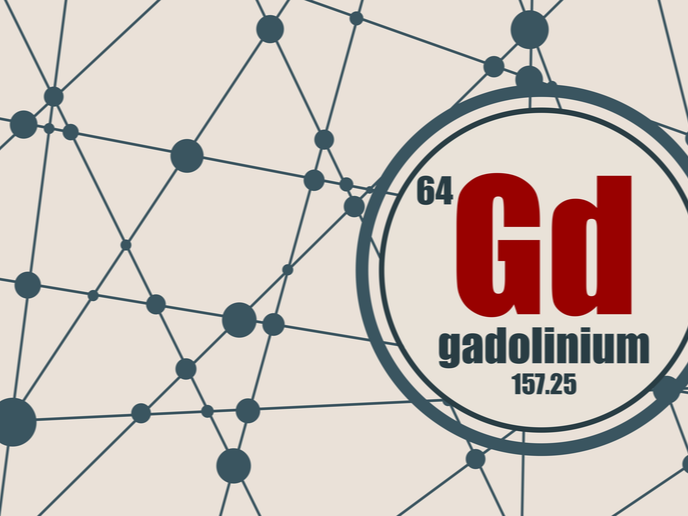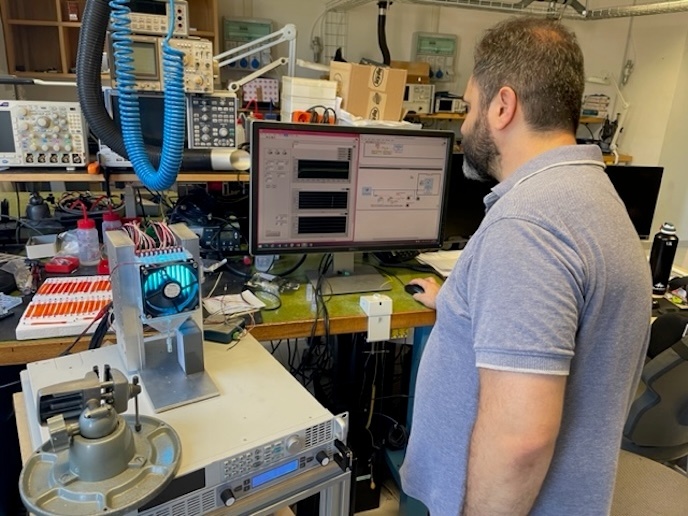Unravelling the mechanical interactions of cells with their environment
In the intricate world of biology, the ability of cells to detect and respond to signals from their environment is a fundamental process that governs cellular behaviour. These signals regulate critical functions such as differentiation, proliferation, and movement. What's intriguing is that cells can even adjust their behaviour in response to the mechanical properties of their surrounding substrate, such as its stiffness. They are able to transduce these mechanical forces into intracellular signals, a process known as mechanosensation(opens in new window). The surrounding substrate, also known as the extracellular matrix(opens in new window) (ECM), comprises an intricate 3D fibre network that offers structural support to cells. By deforming, the ECM cells sense its mechanical properties. This process not only helps them to adjust their behaviour but can also affect neighbouring cells sensing these applied deformations.
Understanding cells’ interactions with the extracellular matrix
Undertaken with the support of the Marie Skłodowska-Curie Actions(opens in new window) (MSCA) programme, the CellMechSensE project aimed to unravel the underlying mechanisms implicated in the mechanical interaction between cells and the surrounding ECM. The project was a collaboration with Pierre Ronceray at Aix-Marseille University and with the experimental group of Ming Guo at MIT. The work focused on the large forces cells may exert to the ECM and their impact on the functioning of the surrounding network. “The experimental investigation of cells’ mechanical interactions with the ECM has been challenging, due to limitations in applying large forces at the local scale,” explains the MSCA research fellow Estelle Berthier. Researchers discovered that when probed with these larger forces, the ECM exhibited a remarkable response – increasing its stiffness by as much as a hundredfold. This phenomenon, known as elastic nonlinearities, generated a complex mechanical response that had been poorly characterised. “The project established a comprehensive theoretical and computational framework for understanding cellular mechanosensation within the ECM,” continues Berthier. This framework characterised the mechanical response, ECM deformations and stiffness following cell probing.
A novel mechanosensation model
One of the most surprising findings was that the local nonlinear response differed from the macroscopic response, indicating fundamentally different mechanisms at play. This distinction challenged existing assumptions and highlighted the complexity of cellular probing. The project also revealed(opens in new window) that the mechanical response of a local probe becomes much more robust and less sensitive to network disorder at large forces, where nonlinearities come into play. This was unexpected, as nonlinearities could have potentially exacerbated the effects of this disorder. To make sense of these discoveries and explain how the ECM responds to different forces, researchers developed a groundbreaking nonlinear mechanosensation model. By using larger forces, a cell can induce nonlinear deformations over larger regions, making the network much stiffer. Consequently, the cell effectively becomes a much larger probing device and examines a bigger region of the network. Just like with an increasing poll size, the measurement becomes more representative of the overall ECM properties. According to Berthier: “Putting the pieces of this puzzle together and coming up with an explanation on how cells probe and sense their surrounding was the most significant achievement of the project.” Looking ahead, this research could shed light on how cells coordinate their behaviour across large distances as well as on the involvement of local nonlinearities in pathological processes, such as tumour growth and cancer invasion.







